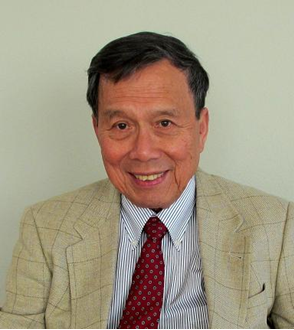关于宾州大学杨振寰(Francis T. S. Yu)教授讲座的通知
报告时间:2017年10月24日下午14:30
报告地点:浙江大学玉泉校区教三440会议室
报告人:杨振寰教授/Prof. Francis T. S. Yu
报告题目:Time: The Enigma of Space & Time-Space Quantum Entanglement
Introduction:
Francis T. S. Yu received his B.S.E.E. degree from Mapua Institute of Technology,
During the period from 1958 to 1965, he was a teaching fellow, an instructor, and a lecturer in the Electrical Engineering Department at the
Abstract of “Time: The Enigma of Space”
Based on the laws of physics, we illustrate the enigma time as creating our physical space (i.e., the universe). We have shown that without time there would be no physical substances, no space and no life. In reference to Einstein’s energy equation, we see that energy and mass can be traded, and every mass can be treated as an Energy Reservoir. We have further shown that physical space cannot be embedded in absolute empty space and cannot have any absolute empty subspace in it. Since all physical substances existed with time, our cosmos is created by time and every substance including our universe is coexisted with time. Although time initiates the creation, it is the physical substances which presented to us the existence of time. We are not alone with almost absolute certainty. Someday we may find a right planet, once upon a time, had harbored a civilization for a short period of light years.
Abstract of “Time-Space Quantum Entanglement”
It starts with the fundamental differences between Science and Mathematics. One is physical reality and the other is abstract reality. By using exact math to analyze approximated science, it is not a guarantee to obtain reliable and accurate solutions. Since we live in a Temporal Subspace, every substance within the universe obeys the laws of science and the rule of time. We show that instant Quantum Entanglement at a large distance only existed in a Timeless Space. But Timeless Space is not a Temporal Space and it cannot be existed within a temporal space. Particle Entanglement has to be at least two to tangle (it takes two to tangle). Since every entanglement involves time and space, Temporal and Spatial Entanglement can be defined. We have also shown that, quantum entanglement is operating within the Certainty Limit of Heisenberg. In view of Einstein’s Relativity, Quantum Entanglement can be extended to the Relativistic Regime; namely Relativistic Quantum Entanglement.








